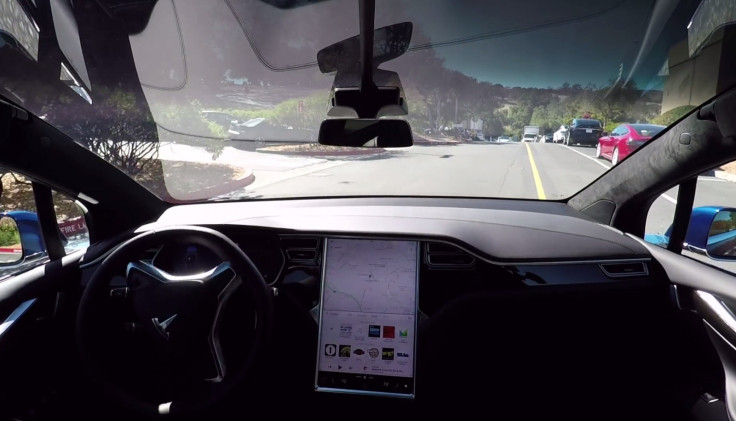What is the difference between Level One and Level Five autonomy? Self-driving technology explained
We explain each stage of the autonomous driving scale.
As Tesla and boss Elon Musk skip level four autonomy in pursuit of the mythical level five, we look at what each level of self-driving ability means, and what our cars are capable of today.
The update will see the Tesla Model S, Model X and Model 3 all become capable of driving themselves in the coming years. All cars built now and going forward will have the hardware required to make them fully autonomous, while the software to drive them will be updated gradually over time.
Musk says the cars will "have the hardware needed for full self-driving capability at a safety level substantially greater than that of a human driver." This is level five autonomy, but what about the others?
Level Zero
Unsurprisingly, level zero autonomy means the human driver has full control of every aspect of the vehicle at all times. The car cannot, even in an emergency, brake or do anything for itself.
Level One
A car is described as having level one autonomy when it has a single piece of self-driving technology. While in theory this could mean the steering, it is more commonly an emergency braking system. Often used only at low speed, the system brakes only if it thinks a collision is imminent and audible warnings have not caused the driver to brake for themselves. Many cars, even at the lower end of the market, can be classed as having level one autonomy.
Level Two
Level two is when at least two functions of the car are autonomous, For example, a car with cruise control and lane-centering technology would be classed as having level two autonomy. But, while the systems can keep a car at the right speed and in its lane, the driver must always be alert and ready to take control of one or both systems at any moment.
Something like the BMW 7-Series could be classed as level two, as it can maintain a gap in motorway traffic with radar cruise control and keep itself in lane at the same time.

Level Three
This is the most confusing level of autonomous driving and causes the most headaches for car – and lawmakers – alike. Here, drivers are able to hand over complete control of "safety-critical functions" to the car, but only under certain traffic or environmental conditions. The driver must still be present, but can pay less attention than in a level two car.
The headaches begin when you realise level three systems can be switched on and off by the driver, leading to situations where there is a handoff time between driver and car. This grey area can lead to uncertainty about who is actually in control. As a result, many car makers are keen to skip from level two to level four.
Level Four
Here, the vehicle is capable of driving itself in almost all scenarios. Only in extreme weather or on very unusual road layouts would the car require human assistance. The system is still switched on and off by the driver, but once enabled the driver is not required to pay attention.
This level is what Tesla was originally aiming for, but has instead taken a different route with its hardware to make cars ready for level five, once the software driving it catches up.
Level Five
This is the holy grail of autonomous driving, where the driver is only required to switch the car on and set a destination on the sat-nav. Although theoretical for now, a level five vehicle will be able to drive itself in all weather conditions; some industry bodies have even suggested that level five cars should not contain any conventional controls like a steering wheel or pedals. In that regard, Google's pod-like cars are the closest thing to level five right now.
Once Tesla reaches level five, which Musk claims is possible with the hardware fitted to Teslas today, they will be able to act as autonomous taxis, picking up and dropping off fares while their owner is at work, asleep or on holiday.
© Copyright IBTimes 2025. All rights reserved.






















